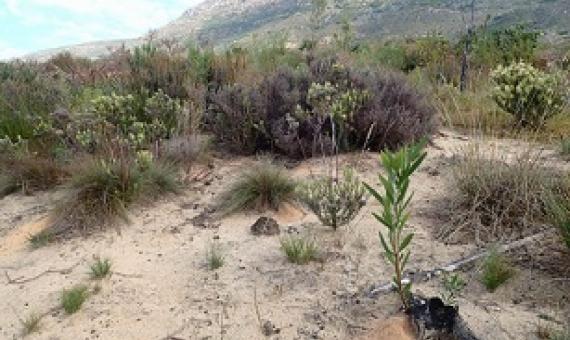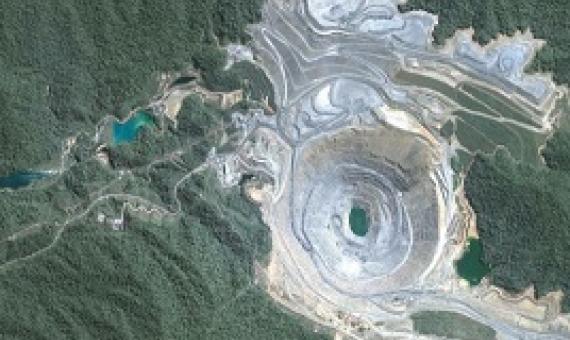Global Distribution of Cold-water Corals - United Nations Environment Programme World Conservation Monitoring Centre
This dataset shows the global distribution of cold-water corals. Occurrence records are given for 86 Families under the subclass Octocorallia (octocorals; also known as Alcyonaria) and four Orders (in Class Anthozoa): Scleractinia (reef-forming corals), Antipatharia (black corals), Zoanthidae (encrusting or button polyps), and Pennatulacea (sea pens). Occurrence records are also available for the order sub-Order Filifera (lace corals) in Class Hydrozoa.









